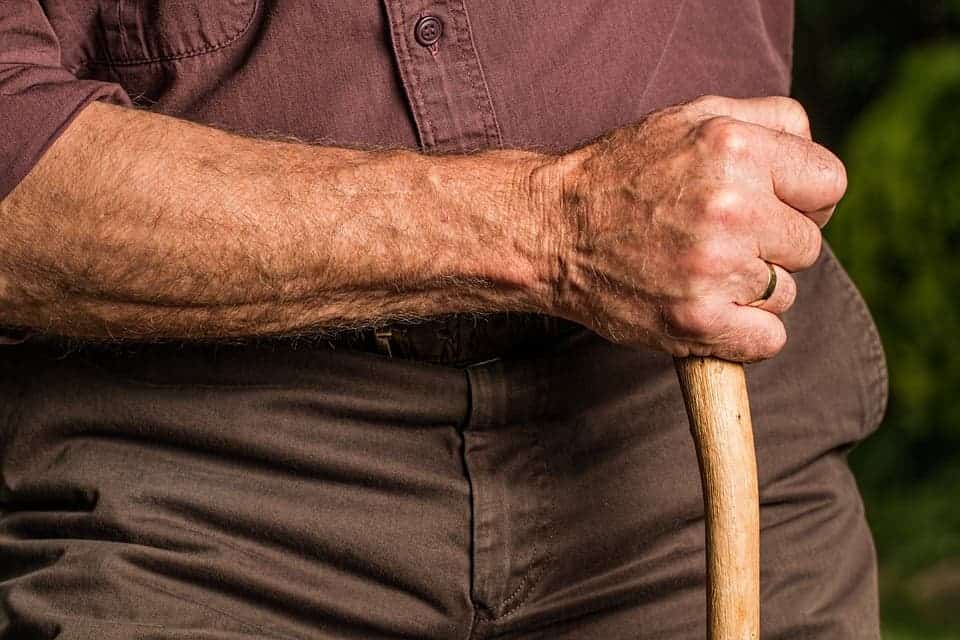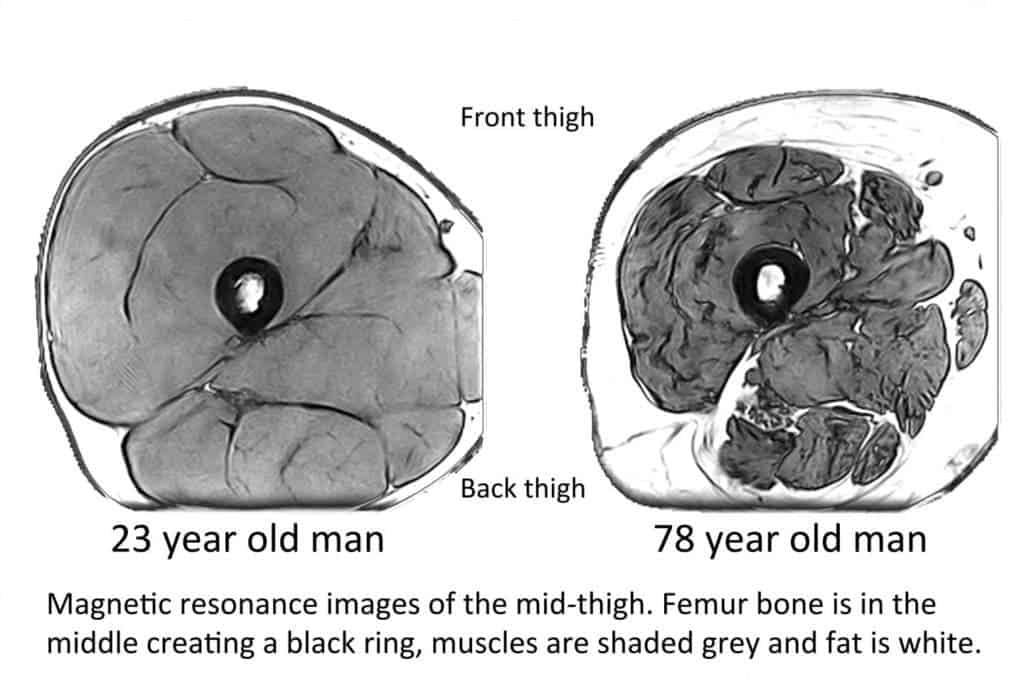Old age inevitably comes with dysfunction and deterioration of the muscle and the fat tissues. Some people over 60, however, are frailer than others. Now, researchers at Manchester Metropolitan University have found exactly how old age makes people experience muscle loss, providing hope that there might be a way to reverse the condition in the future.
Jamie McPhee, a Professor of musculoskeletal physiology at Manchester Metropolitan University, and his colleagues learned that muscle atrophy follows changes in the nervous system. The typical 75-year-old has 30 to 50 fewer nerves controlling their legs, for instance. Because parts of these muscles are now disconnected from the nervous system, they are functionally useless and naturally wither away.
However, there would be even more atrophied muscles were it not for an internal protection mechanism that our bodies employ. Essentially, intact nerves can branch out to connect some, but not all, of the detached muscle fibers. This mechanism is the most successful in elderly individuals that have large, healthy muscles. On the flipside, when this mechanism is not working very well, excessive muscle loss follows. In some cases, the researchers found that some very old muscles only had a few dozen nerves left, where young and healthy adults have hundreds.
Researchers first measured muscle mass in 200 men with MRI — that was the easy part. However, what proved challenging was finding the right technique that enabled the researchers to separate muscles into their constituent smaller segments, known as “motor units”. Each such unit as a single motor nerve connects hundreds of individual muscle fibers. They eventually settled for enhanced electromyography, which enabled the researchers to record the electrical activity passing through the muscle to estimate the numbers and the size of surviving nerves. The team collaborated with colleagues at the University of Waterloo, Ontario, and The University of Manchester, UK.
“Using this technique we observed that the numbers of nerves controlling leg muscles declines markedly with aging and precedes the loss of muscle mass. This was a curious finding because the loss of nerves preceded loss of muscle mass, but also because ‘wasted’ (or, sarcopenic) older muscle and ‘healthy’ older muscle had both lost very significant numbers of nerves,” McPhee told ZME Science.
“We found that the motor units of ‘healthy’ older muscles had increased in size, suggesting the surviving nerves send out new branches to reconnect parts of the muscle that are disconnected as nerves decline. However, this ‘protective’ mechanism was not so successful in the wasted older muscles, hence the muscles decreased in size,” McPhee added, who is the senior author of the new paper published in the Journal of Physiology.
Now, McPhee and colleagues plan on investigating the factors that lead to successful nerve branching that rescues detached muscle fibers. “It might have something to do with lifestyle or presence of underlying diseases, we cannot yet be sure,” McPhee told me.
An estimated 10-20% of individuals over 65 suffer from sarcopenia — the degenerative loss of skeletal muscle mass quality and strength associated with aging. This condition significantly increases the risk of falling, bone fracture, disability, and hospital admission. If we could reverse even some degree of muscle loss, then millions of our elderly could live better lives.
“Our research highlights two potentially modifiable features of muscle aging: the loss of nerves per se, and the re-connection of parts of the muscle disconnected as a consequence of nerves being lost. They may be targeted together, or separately. The former is preferable because it would keep intact all the original connections, however, the latter is a good second best if we can make it work,” McPhee said.
In the meantime, the researchers say eating healthily and staying in good shape are our best allies in the fight against the degenerative effects of old age.
“It is apparent to us that muscle mass and function will inevitably decline in older age and it is linked to deterioration of the nervous system. Until we discover the causes and develop interventions, the best thing people can do is to maintain regular physical activity and healthy eating. This will keep body mass (fat mass) at healthy low levels so that the remaining muscles are more easily able to move the body around during everyday activities,” McPhee recommends.











